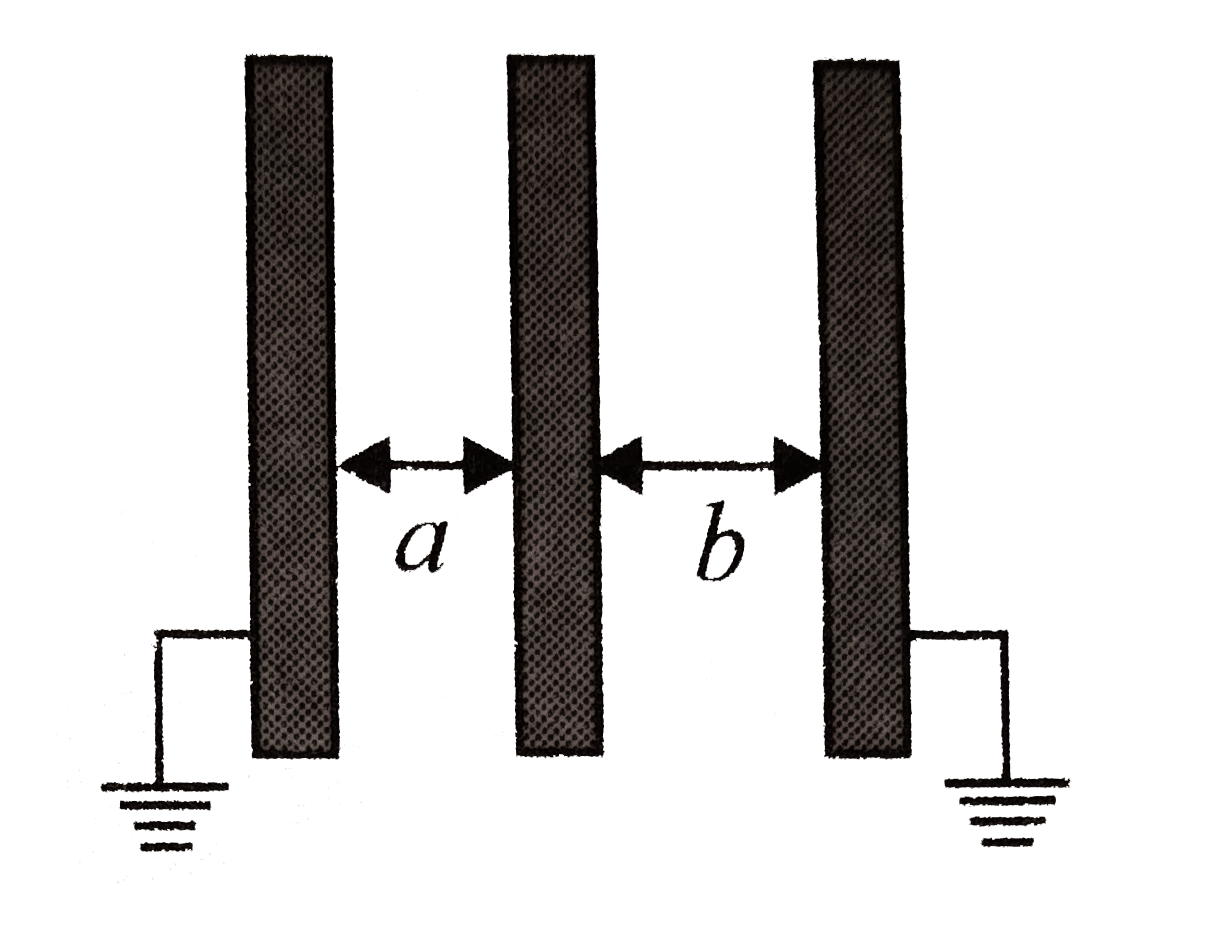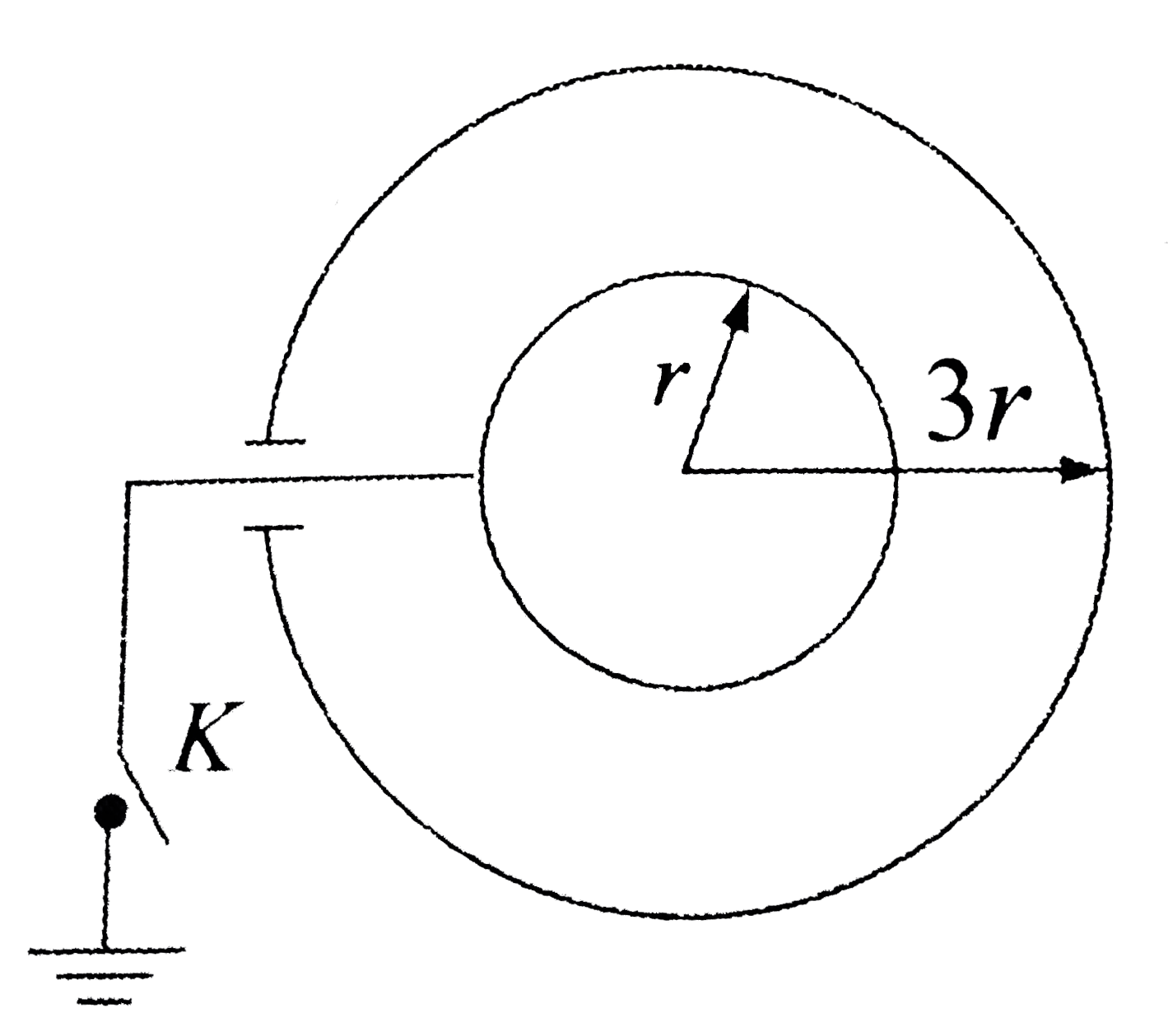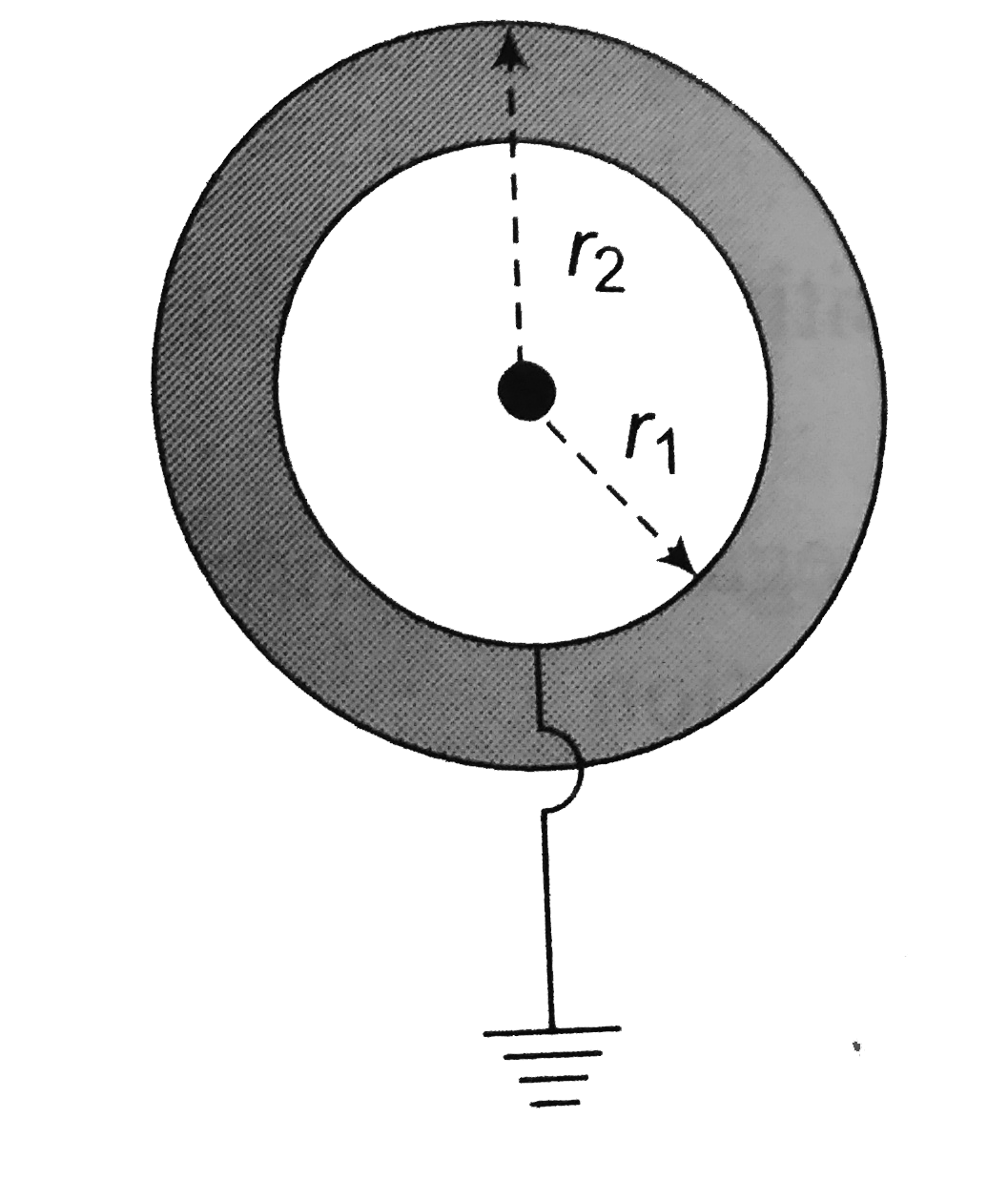The charge on the outer side of the neuron is
+Ve
−Ve
Zero
Alternate -Ve and +Ve
The correct Answer is:A
To determine the charge on the outer side of a neuron, we can follow these steps:
1. Understanding Neuron Structure:
- A neuron consists of a cell membrane that separates the inside of the neuron (intracellular) from the outside (extracellular).
2. Ion Distribution:
- The distribution of ions is crucial for understanding the charge. Inside the neuron, there is a higher concentration of potassium ions (K+), while outside the neuron, there is a higher concentration of sodium ions (Na+).
3. Charge Inside vs. Outside:
- The inside of the neuron is negatively charged due to the presence of negatively charged proteins and the higher concentration of potassium ions.
- Conversely, the outside of the neuron has a higher concentration of sodium ions, which contributes to a positive charge.
4. Conclusion:
- Given the higher concentration of sodium ions on the outer side, we conclude that the outer side of the neuron is positively charged.
5. Final Answer:
- Therefore, the charge on the outer side of the neuron is positively charged.
- A neuron consists of a cell membrane that separates the inside of the neuron (intracellular) from the outside (extracellular).
- The distribution of ions is crucial for understanding the charge. Inside the neuron, there is a higher concentration of potassium ions (K+), while outside the neuron, there is a higher concentration of sodium ions (Na+).
- The inside of the neuron is negatively charged due to the presence of negatively charged proteins and the higher concentration of potassium ions.
- Conversely, the outside of the neuron has a higher concentration of sodium ions, which contributes to a positive charge.
- Given the higher concentration of sodium ions on the outer side, we conclude that the outer side of the neuron is positively charged.
- Therefore, the charge on the outer side of the neuron is positively charged.
Topper's Solved these Questions
Similar Questions
Three metallic isolated plates are given charges as shown in figure, the sum of the charges on the outer surfaces of the two plates (1) and (3) is (where −3Q and 4Q are total charges of plates (1) and (3) respectively.)

View SolutionThree concentric conducting sphereical shells carry charges +4Q on the inner shell −2Q on the middle shel and +6Q on the outer shell. The charge on the inner surface of the outer shell is
View Solution
Knowledge Check
Assertion:The resting membrane of the neuron exhibits polarity of charges
Reason:The outer surface of the axonal membrane possesses a negative charge while its inner surface becomes positively charged.AIf both assertion and reason are true and reason is the correct explanation of assertion.BIf both assertion and reason are true but reason is not the correct explanation of assertion.CIf assertion is true but reason is false.DIf both assertion and reason are false.
Three concentric conducting spherical shells carry charges as : +4Q on the inner shell, −2Q on the middle shell and −5Q on the outer shell. The charge on the inner surface of the outer shell is
View SolutionThree identical metallic plates are kept parallel to one another at separations a and b. The outer plates are connected to the ground and the middle plate is given charge Q. Then, the charge on the right side of middle plate is

View SolutionThe cambial ring is generally (Option 1) More active on the inner side than on the outer (Option 2 ) More active on the outer side than the inner (Option 3 ) Equally active towards both sides (Option 4 ) Equally inactive towards both sides
View SolutionConsider two concentric conducting spheres. The outer sphere is hollow and initially has a charge −7Q on it. The inner sphere is solid and has a charge +2Q on it.
a. How much charge is on the outer surface and inner surface of the outer sphere.
b. If a wire is connected between the inner and outer sphere, after electrostatic equilibrium is established how much total charge is on the outer sphere? How much charge is on the outer surface and inner surface of the outer sphere? Does the electric field at the surface of the inside sphere change when the wire is connected?
c. We return to original condition in (a). We now connect the outer sphere to ground with a wire and then disconnect it. How much total charge will be on the outer sphere? How much charge will be on the inner surface and outer surface of the outer sphere?
View SolutionFigure shows two conducting thin concentric shells of radii r and 3r. The outer shell carries charge q and the inner shell is neutral . The amount of charge that flows from the inner shell to the earth after the key K is closed is equal to (1/n)th of the charge on the outer shell. What is the value of n ?
 .
.
View SolutionCharge on the outer sphere is q, and the inner sphere is grounded. Then the charge q' on the inner sphere is q', for
(r2>r1)

View SolutionA spherical capacitor has the inner sphere of radius 2cm and the outerone of 4cm. If the inner sphere is earthed and the outer one is charged with a charge of 2μC and isolated. Calculate ltbr> (a) the potential to which the outer sphere is raised.
(b) the charge retained on the outer surface of the outer sphere.
View Solution
